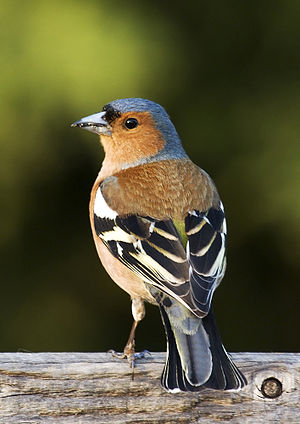
Wild Bird Seed - How To Fill Your Feeders And Attract The Most Desirable Birds Species
In order to attract the kind of birds you want at your bird feeder, you will need to know what kind of wild bird seed each species prefers. For example, black oil sunflower seeds will attract a variety of songbirds including chickadees, finches, cardinals and grosbeaks, siskins and buntings but won't necessarily attract orioles, tanagers and doves. Orioles and tanagers like suet and fruit, even nectar while doves and other ground feeding birds prefer corn, millet and milo. Woodpeckers, on the other hand, prefer suet.
Not only do you need to get the right kind of bird seed, but a good quality seed as well. It is best to get your seed from a high quality distributor. Those mixed bird seed bags you find at the "Big Box" stores have often been sitting around in a warehouse for a long time and are very far from being fresh. Those bird seed mixes also have a lot of filler type seed like milo and wheat that birds don't particularly like and have poor nutritional value. When offering such mixes, you'll often find that the birds will kick all the filler seed out of the way in order to get to any of the better quality seeds that remain. Even worse, the milo may attract undesirable species like cowbirds, grackles and starlings as well as uninvited squirrels and even rats.
Although these types of mixed bird seed bags are cheaper, you really end op spending about the same if not more than you would on higher quality mixes. Perhaps half or even more of
it ends up on your deck, porch or in your yard, makes a mess and is wasted. Sometimes you even have to fight the weed seed that starts sprouting in your lawn. So try to get your bird seed from a local bird shop or an easier way is from an online bird seed store.
A lot of people will buy sunflower seeds, but don't realize all sunflower seeds are not created equal. There is black oil sunflower and striped sunflower seeds. Go for the black oil. Yes, they cost a little more than striped, but black oil sunflower seeds have twice the calories per pound than striped. Also, their smaller size and thinner shells are easier to crack open for a wider variety of birds than the thicker, harder shelled striped seeds that only birds with big seed-cracking bills can eat. If you love your birds, you will give them black oil. Enough said.
Now, if you don't want to just serve sunflower seed, you can make your own mix of wild bird food. Try mixing hulled sunflower seeds, white millet, cracked corn, red millet, peanut pieces and hulled millet to attract a variety of species like doves, goldfinches, white-throated sparrows, house finches, indigo buntings, juncos, purple finches, quail, towhees, white-crowned sparrows and other species. If you don't want to make your own, try to get a mix that is labeled "No Waste". These mixes have no filler seeds and are usually all shelled so there is virtually no waste and less mess with no hulls piling up below the feeder.















![Reblog this post [with Zemanta]](http://img.zemanta.com/reblog_e.png?x-id=97ccf16c-9b7b-4322-9dc7-677283890aec)

![Reblog this post [with Zemanta]](http://img.zemanta.com/reblog_e.png?x-id=31b66823-c8ea-44c2-8b46-f76b389be434)

![Reblog this post [with Zemanta]](http://img.zemanta.com/reblog_e.png?x-id=76b6297a-1d1f-46de-8be9-add3c2fec2fd)